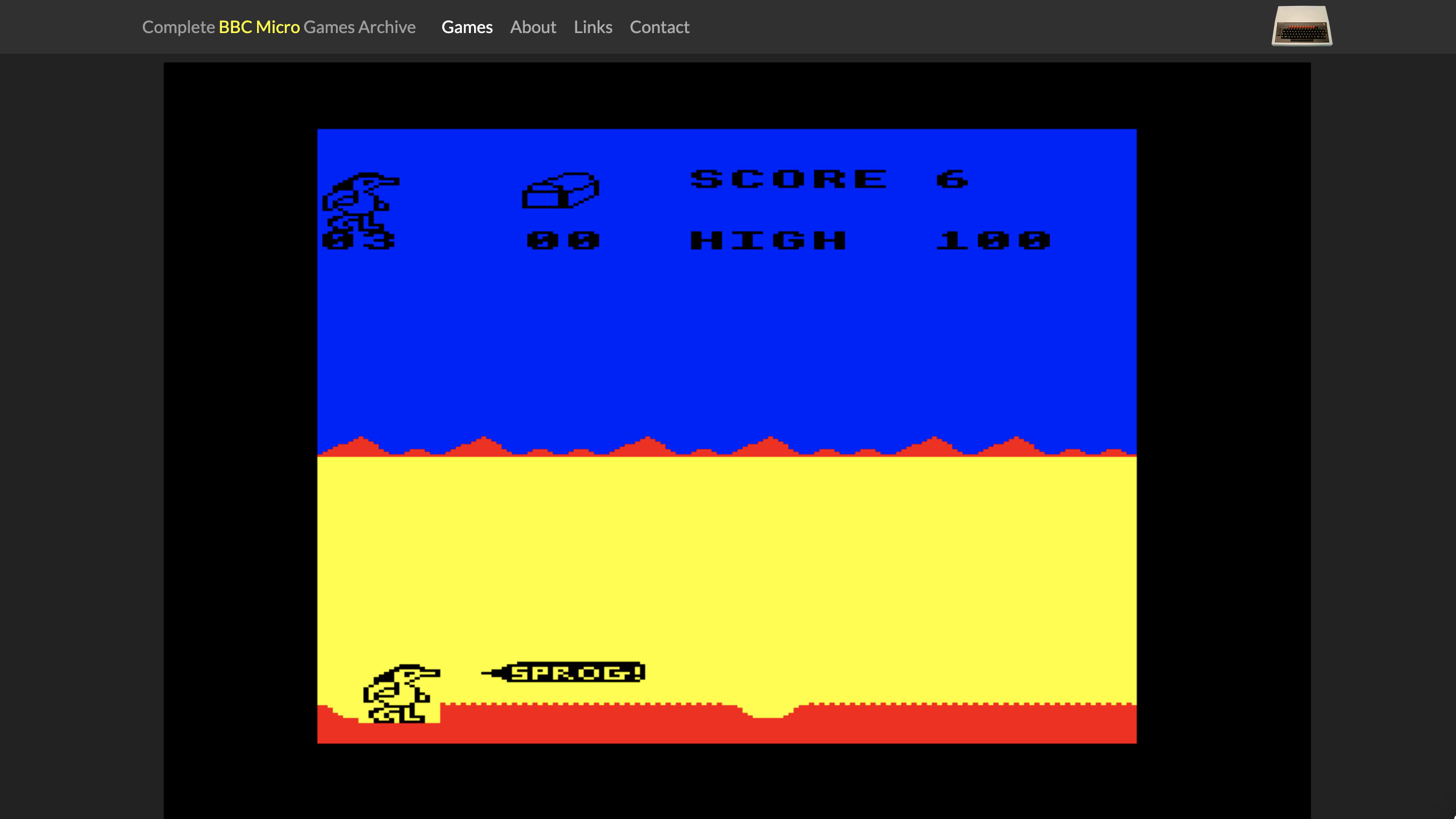I asked AI to recreate my classic 1980s platform game, and it failed miserably, but I'm still impressed by the tech

I have a confession to make – yesterday, work in the TechRadar office reached something of a standstill because Claude, the popular AI chatbot, had added a big upgrade to its Artifacts feature in the sidebar.
In Claude’s own words, the upgraded Artifacts now allow you to “turn ideas into shareable apps, tools, or content—build tools, visualizations, and experiences by simply describing what you need.” Or in other words, you think of an app or game idea, describe it in prompts, and Claude will code it for you in seconds so you can try it out.
In minutes, I made a playable Space Invaders copy, Lance made a very cool Asteroids copy, and Eric made what he describes as a copy of a Super Mario Brothers-style game.
Claude doesn’t get everything right from your first prompt, but it’s easy to refine your game once it has been created.
For instance, in my first go at creating a Space Invaders clone, the aliens didn’t speed up as you shot more of them, which is an essential part of the game, but it’s easy to ask Claude to make that happen using text prompts. It then re-coded the game and let me play again.
You can keep fiddling with your game like this until you get it right.

It was acceptable in the 80s
Creating games from just a description, also known as vibe coding, is all the rage these days.
Sign up for breaking news, reviews, opinion, top tech deals, and more.
Back in the 1980s, there was no such thing as AI or vibe coding. We had to code things by hand, and that’s what I did on my Acorn Electron home computer using BBC Basic.
I spent hours of my life learning how to create games in BBC Basic, designing graphics by hand using graph paper then converting them into hexadecimal numbers and typing them in, then trying to debug the whole thing when I’d put it together, then saving the results as data onto a tape recorder and praying that they loaded back up tomorrow without anything going wrong.
It was very time-consuming but also great fun, and I wouldn’t have changed it for the world. I’ve always felt a bit sad that those days of raw creativity are gone, especially now that with AI, you can achieve similar results just by typing a few text prompts.
I actually got one of my games published in a computer magazine of the time called Electron User. My game Sprog! followed the adventures of a caveman who had to jump over potholes and objects in a sideways-scrolling landscape. Your controls were left, right, and jump, and as you completed each level, things got progressively harder with more holes and objects to avoid.
Back in the 1980s, computer magazines printed entire listings of the code, and people typed it in by hand so they could play your game. It seems utterly crazy today, but that's what we did!
If you want, you can actually play my game using an emulator on the BBC Micro Game Archive page. It says it appeared in Electron User magazine, volume 6, issue 6, in March 1989; however, the date inside the game is 1986.
(Fans of the era will recognize that my amateur game was heavily influenced by the commercially released Frak! By Nick Pelling)

Back from the dead
Considering how easily Claude could whip up a classic arcade game in minutes, I wondered if I could use it to recreate my game, and that’s when I started to butt up against the limits of vibe coding.
There’s no way to upload the code of the game into Claude, but you can upload screenshots, so I uploaded the game’s screenshots and described how it worked with the prompt:
“I want you to recreate this sideways-scrolling game. The caveman should be on top of the ground, never merging through it, and able to jump off it, and move left and right by pressing the Z and X keys, and jump with the space bar. If he falls into a hole, he dies. After 1 minute, you progress to the next level with more holds and objects to jump over.”
Unfortunately, the game Claude created looked nothing like it and didn’t play like it. The graphics that Claude uses are created from CSS blocks, so they can never accurately create something down to the pixel level. So, creating a caveman that looked like the hand-drawn one I created all those years ago proved to be pretty much impossible.
I tried a few prompts to refine it, like “Make the caveman character look like the caveman in the screenshot, and make the ground scroll from right to left so he has to jump over holes that are coming towards him.”
But the results were disappointing. I tried a few more tweaks, but ultimately, I could tell it was a waste of time. What I was asking was beyond what Claude could do, and the game was essentially unplayable.
Claude’s new upgraded Artifacts are well worth spending an afternoon recreating classic arcade games, but it does have limits.
Perhaps some things from my childhood are better left in the 80s, where they belong.
You might also like

Graham is the Senior Editor for AI at TechRadar. With over 25 years of experience in both online and print journalism, Graham has worked for various market-leading tech brands including Computeractive, PC Pro, iMore, MacFormat, Mac|Life, Maximum PC, and more. He specializes in reporting on everything to do with AI and has appeared on BBC TV shows like BBC One Breakfast and on Radio 4 commenting on the latest trends in tech. Graham has an honors degree in Computer Science and spends his spare time podcasting and blogging.
You must confirm your public display name before commenting
Please logout and then login again, you will then be prompted to enter your display name.